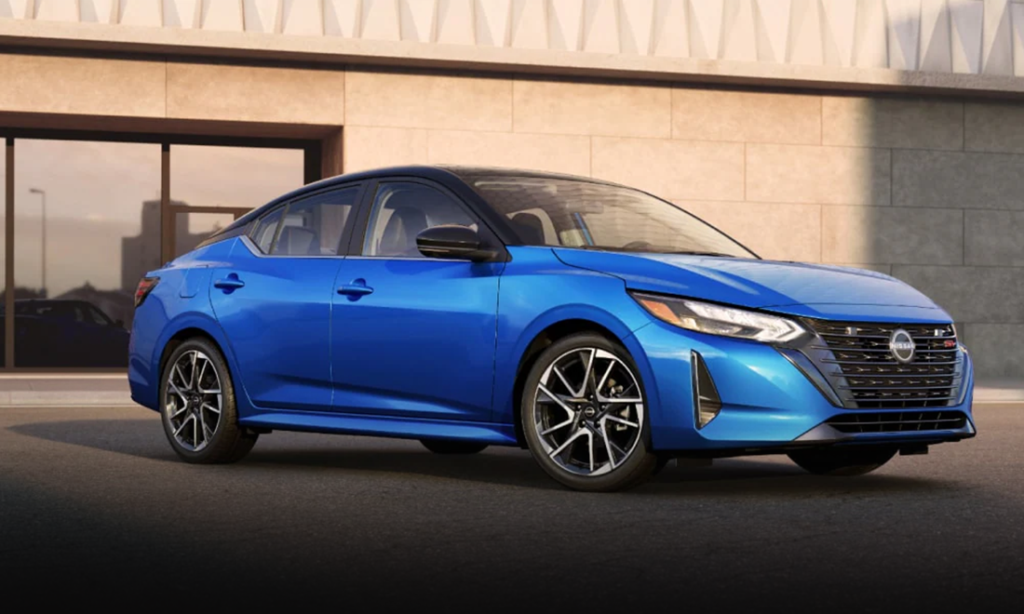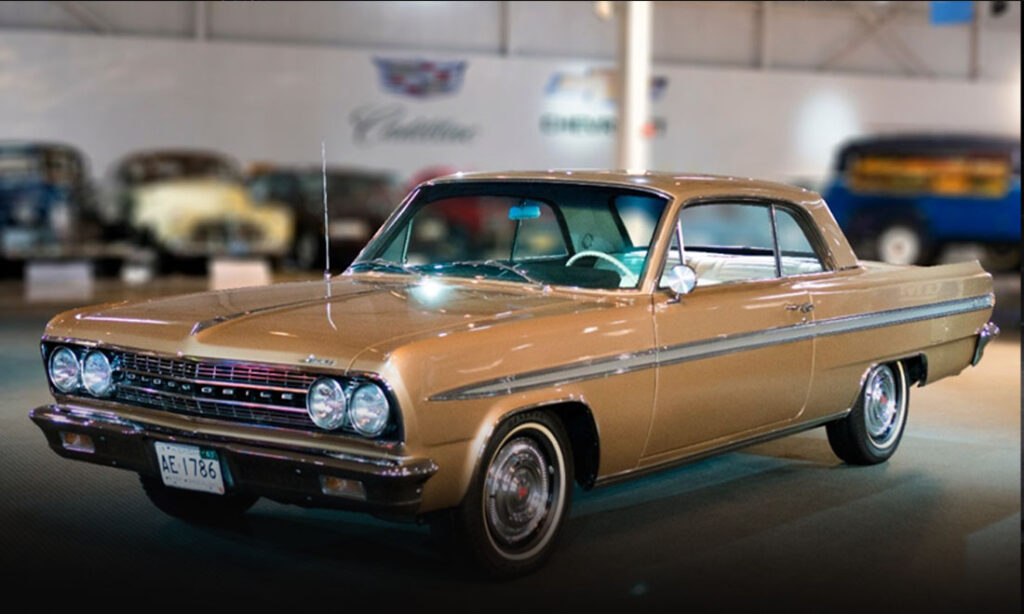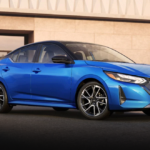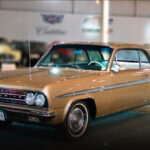Retro Review: Dodge Polara
From cop cars and huge V8s to cool station wagons and convertibles, the Dodge Polara could do it all as we cover in this retro review.
Top-Of-The-Line Dodge
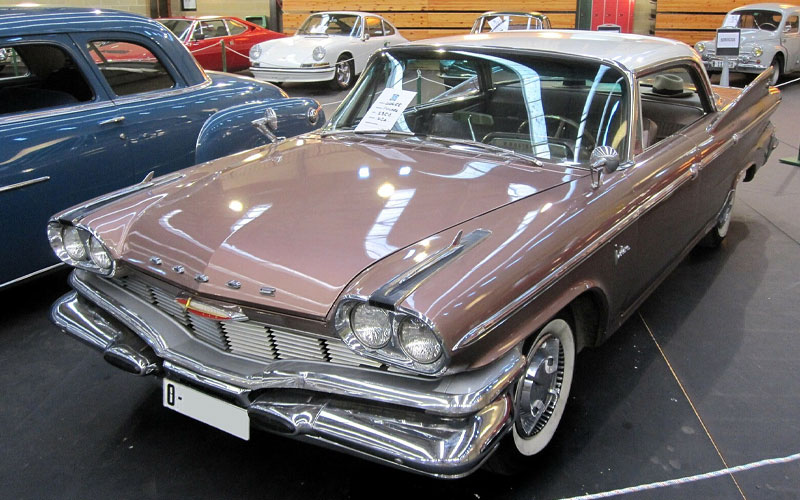
The Dodge Polara is a car that harkens back to a time of massive V8s, impossibly long sheet metal, and an impressive stretch of law enforcement duty – including a special top speed record. When it arrived in 1960, the Polara sat atop Dodge’s model hierarchy and stayed in that vicinity throughout its 13-year production run.
During the 1960s, the Space Race was in full swing across America. To capitalize on the ensuing excitement, Dodge named its new top-of-the-line model Polara as a riff on the Polaris star. Sitting above the similar Matador and new Dodge Dart series, the Polara – like all Chryslers that year aside from the Imperial – featured unibody construction for the first time.
Riding on a 122-inch wheelbase, the new Polara came standard with a 383 cubic inch V8 breathing through a 4-barrel carburetor. A standard manual or optional automatic transmission sent power to the rear wheels and an available D-500 Ram Induction 383 V8 offered 330 horsepower and 460 lb-ft of torque.

As the top dog Dodge, the Polara – which cost about $3,100 to start – featured higher-grade interior materials, more extensive use of exterior chrome, and rear fender stone shields. It was quite the extravagant look in combination with the tail fins and integrated “Jet Pod” taillights that carried over from the 1950s.
As with most domestic vehicles, the first-generation 1960 Polara was offered in all manner of body styles including a 2-door convertible, 2- and 4-door hardtops, traditional sedans, and a station wagon. The following year, Dodge dropped the Matador, which left the Polara all alone as the “senior” Dodge offering.
In a major design update for 1961, the tail fins were reversed and the front end got away from a complicated chrome maw to a look with simpler lines. The standard 383 V8 was replaced this year by a 361 CID V8 unit and the California Highway Patrol made its first special order of Dodge Polara police cars.
Second-Gen Mistakes

1962 marked a Chrysler boondoggle of historic proportions when then-president William Newberg allegedly overheard Chevy design boss Ed Cole saying that Chevrolet’s full-size line would be downsized that year. Really, Chevy was coming out with one new smaller vehicle, but Newberg apparently misunderstood and directed his minions to respond accordingly.
As a result, designers were forced to squish the new full-size lineup on a more compact wheelbase platform and so, the 116-inch Chrysler B-body was born. The look was odd and Dodge now essentially had a single carline being sold as both a Dart and more expensive Polara.
In an attempt to correct this botched design, the designers Frankensteined a new Chrysler Newport with the front end of a prior Polara mid-year. One of the models to come out of this mess was the Dodge Polara 500, a sporty model based on the Dart 440, but with a 361 V8 and a nicer cabin.
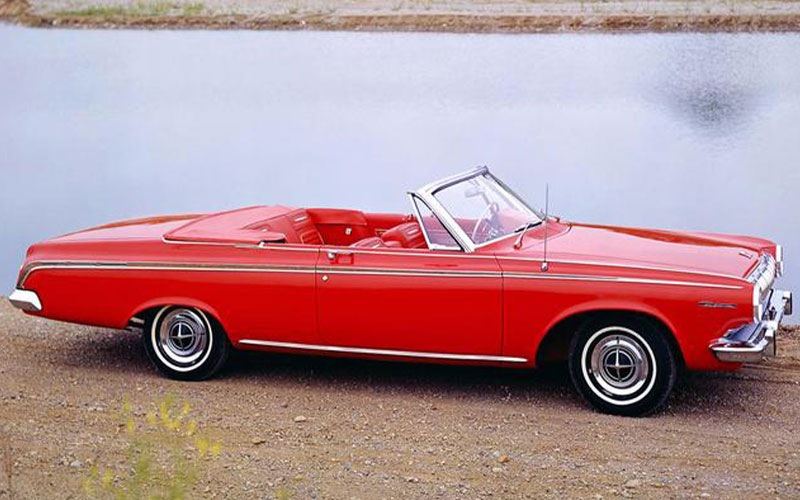
That 361 made a respectable 305 hp and 395 lb-ft of torque, but for those in need of serious power, Chrysler offered an optional Max Wedge V8. Only sold in small numbers from 1962 to 1964, this high-performance mill could be had with 426 cubes of displacement capable of 415 horsepower and 425 lb-ft of torque. Technically street legal, these rare powertrains were intended for racing.
By the end of second-gen production, Polara had returned as a standalone nameplate with simplified sheet metal and a wide range of V8s to choose from including 318, 383, and 426 cubic inches. One of the 426s offered that year – 1964 – was known as the Ram Charger Competition. Rated for 470 torques, it had dual 4-barrel carbs, a special ram-air intake, unique pistons, and a high-overlap camshaft.
Full-Sized For Gen Three

When Chrysler launched the third-gen Polara in 1965, it was back on the full-size C-body platform with a 121-inch wheelbase. Crisper square-edged styling was adopted, transmission shift buttons were replaced by column shifters, and the Polara was the only full-size Dodge offered as a convertible.
The popularity of Chryslers for law enforcement was increased this year by the Polara Pursuit, a factory special running a 413 V8 that could clear the quarter mile in 15 seconds flat and hit a top speed of 129 mph. A 383 V8 with a 2-barrel carburetor was standard in 1965 and a 318 CID mill showed up as a low-cost option mid-year to better compete with other classic cars of the 1960s.

For 1966, cabin changes included a reverse-lockout mechanism for the automatic transmission, a new tilt and telescoping steering column, and revised interior door handles designed to be safer in the event of a collision. There was also a new 440 Wedge V8 offered this year that, in pursuit spec, was rated for a heady 365 hp and 480 lb-ft of torque.
Dodge updated the Polara with additional safety features in 1968 like an energy-absorbing steering column, more interior padding, and a dual-circuit master brake cylinder. For the final year of third-gen Polara production in 1968, outboard front shoulder seat belts and exterior side marker lights were fitted as additional efforts to improve safety.
Peak Polara

Like so many huge American cars of the era, the late 1960s approached peak performance and cool factor. The Dodge Polara is no different. In 1969, the fourth-gen series debuted with a sleek “fuselage design” style and the full range of body styles.
The Polara 500 nameplate returned this year, slotted between the standard Polara and top-line Monaco as a sporty 2-door convertible or hardtop coupe. A unique “Super Lite” option this year put an auxiliary quartz “turnpike beam” headlamp on the driver’s side to aid visibility without blinding oncoming traffic.
As for power, the 1969 Polara could be fitted with a 230-horse 318 V8, a 290- or 330-horse 383 V8, or a 350-horse 440 V8. There was also the 440 Magnum, which produced 375 hp and 480 torques. With this engine, the California Highway Patrol set a top speed record – 149.6 mph – for a factory-built 4-door sedan that stood until 1994.

1970 was the final year of the Dodge Polara convertible and the last time the automaker would produce a full-size droptop vehicle. All Dodge Polara’s from this year were built on the redesigned Chrysler C-body chassis and had refreshed styling front and rear.
In 1971, a 225 cubic inch slant-6 cylinder was added to the Polara mix to go with 318 and 383 V8 options. Dodge also debuted a new Torsion-Quiet Ride suspension that featured a new type of rubber isolation bushing throughout the suspension and on the steering gear to improve noise, vibration, and harshness metrics.
Though the 1972 Dodge Polara received a facelift, it was to be short-lived. With the energy crisis hitting hard the following year and Polara sales being eclipsed by the Monaco, Dodge’s long-running full-size Polara was on the chopping block and never made it to 1974.
The Legacy of the Dodge Polara

The Dodge Polara is a great snapshot of the American automotive industry in the 1960s and early 1970s. These were the muscle car heydays and though the Max Wedge V8-powered Polara from 1962 doesn’t have the name recognition of power plants like the HEMI, it was in fact one of the first true muscle cars if your definition is an intermediate-sized car and a big-block V8.
When you factor in the Polara’s law enforcement legacy, the litany of cool station wagons, and the endless array of potent V8s, it’s fair to say the Dodge brothers would have been proud of what their namesake company was capable of producing.


